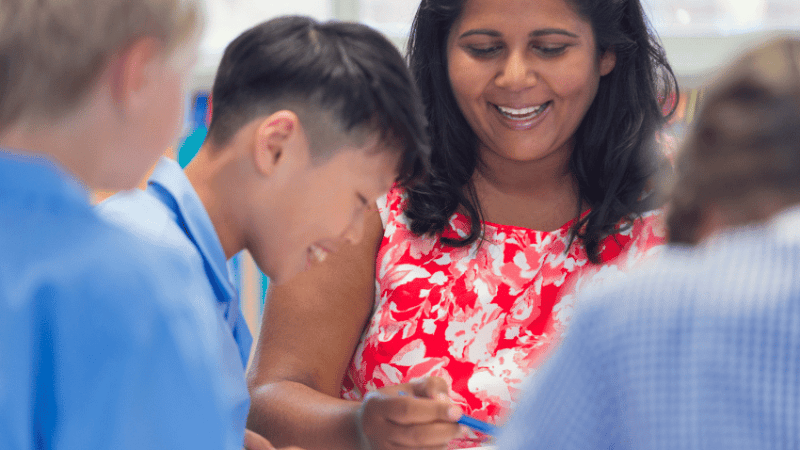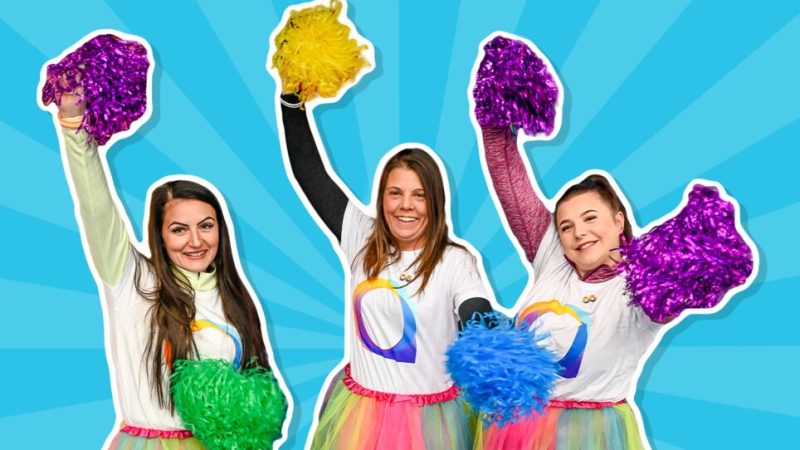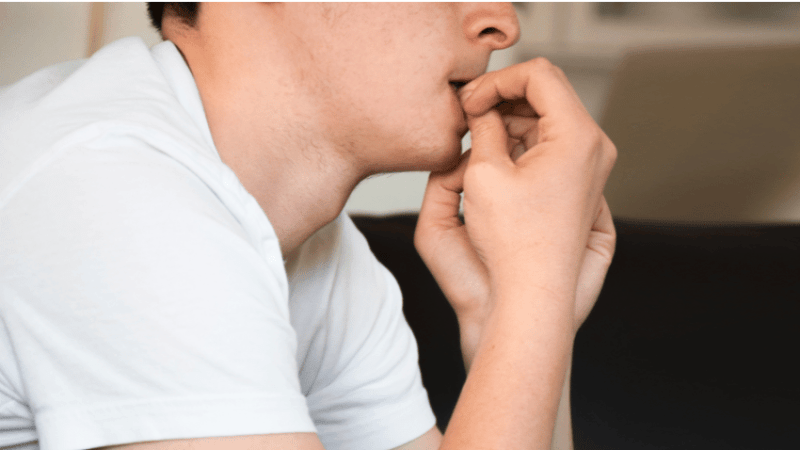Neurodiversity champion – A successful pupil-led inclusion strategy
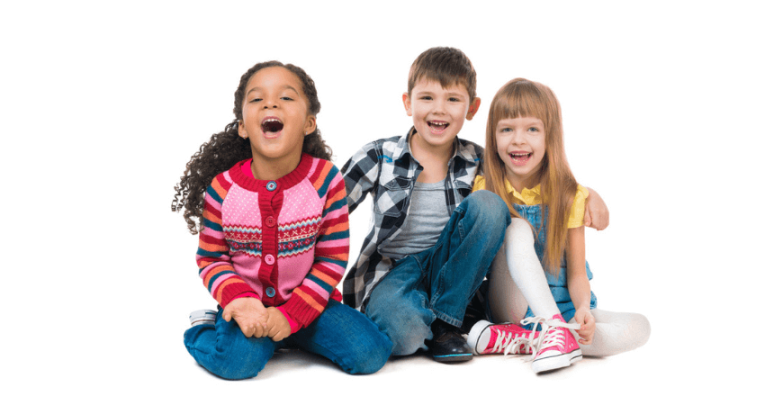
Our school’s neurodiversity champions have built a culture of inclusion through disco and cake, explains Emily Rushton…
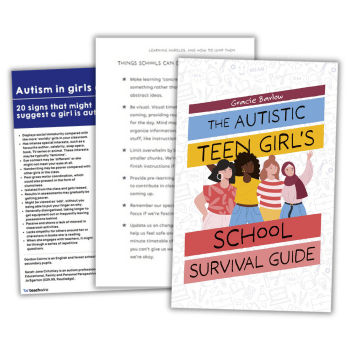
Any SENDCo worth their salt is potentially sitting on a goldmine of beautiful analogies and stories contextualising the challenges and brilliance of being neurodiverse.
As a disabled person myself, I keenly observe how we often make decisions affecting disabled individuals without affording them the opportunity for contribution, ideas, or feedback.
At our school we aim to ensure that we not only hear the voices representing neurodiverse students but amplify them so they become an integral part of the culture of inclusion.
Interpretive dance vs application forms
The concept of building a group of neurodiversity champions emerged from our exploration into how we could further champion pupil voice within the school.
Recognising a similar trend across the country, with an increasing understanding and acknowledgment of neurodiversity, we wanted our students to take the lead in celebrating diversity.
Ensuring the entire process was fully accessible from start to finish was crucial. This meant expanding our application process to match the diverse nature of our students.
Applications came in various forms. This included traditional letters, video submissions, beautiful artwork and live speeches. One pupil even choreographed a dance about her experience of being neurodiverse.
This approach ensured that every child felt confident in presenting their applications in a way that complemented their abilities the most.
The big event
One of the initial tasks assigned to our neurodiversity champions was to help plan our Neurodiversity Week celebrations in March.
Over the past few years, these celebrations have grown more significant. Having neurodiversity champions ensured they became the core voice in organising the events.
Working with neurodiverse students brought absolute joy, with out-of-the-box ideas emerging. While some ideas, like fundraising for a school hot tub or borrowing Richard Branson’s rocket, were beyond our reach, they highlighted the unique thinking of neurodiverse individuals.
Despite challenges, we held onto the idea of how tiring being neurodiverse can be. Thus, the theme of the week became Let’s Keep Talking. This emphasises the importance of everyday inclusion and the lasting impact of awareness events.
What we did
When the week came around, I was genuinely blown away by the amount of time, effort and care the children contributed to the proceedings.
As teachers, we are fairly used to facilitating events that are pupil-led by dragging ourselves through Poundland late on a Sunday afternoon to procure the materials needed. But in this case, I genuinely seemed surplus to requirement.
Countless posters turned up around the school advertising events. Children organised presentations to other classes. Entire assemblies were created. And all without a hitch. We should never underestimate what our pupils can do when they are passionate about a cause.
Tuesdays are for discos
To make the theme more accessible, the champions introduced British Sign Language (BSL) classes and interpreted assemblies.
‘Makaton Monday’ became a hit, offering students a chance to drop in and learn accessible communication strategies. The success of BSL classes led to its continuation as a regular club in the summer term for UKS2. Our champions took their advocacy to the airwaves, hosting a special podcast featuring Lizzie Acker from Great British Bake Off. The insightful conversation prompted a proposal for an audiobook library, currently in progress as part of our library service.
However, the biggest hit of the week was the dyspraxia discos, a brilliant idea from one of our Year 5 pupils. We opened up our hall space in the morning for warm-ups and dancing, not only offering students an opportunity to understand more about how to support peers with dyspraxia but also, unexpectedly, having a positive impact on student wellbeing.
Trending
The overwhelming feedback led us to initiate discos every morning in the summer term, ensuring every child had the chance to start the day with a smile.
Looking back
At the end of the week, a few pupils requested that we made a video of what people can do to help neurodiverse people in class. It was always going to be a bold move to film children unscripted, talking about their education. However, it turned out to be one of the most meaningful pieces of staff training I’ve been able to share.
We watched pupils crab-walking across the screen talking about their processing difficulties. One child oscillated between gymnastics moves and then talking in depth about the ‘red mist’ that comes over when she thinks she’s done something wrong. It was the most powerful student voice we had ever captured. When I asked the children if I could share the video, they seemed confused as to why I wouldn’t.
There were not many dry eyes in the house when we shared the video on our INSET day.
We are the champions, my friend!
A few weeks ago, as I walked back into class, a child proclaimed loudly “I’m officially dyslexic!”. Her classmates cheered. I reflected on the true impact of our neurodiversity champions.
Throughout this project, the compassion and kindness radiating from their work, coupled with the sense of joy and positivity, have spread across the school, shaping an inclusive culture.
Neurodiversity has become a central language for our pupils, who have come to understand its importance as a key pillar supporting equality, diversity, and inclusion.
Celebrating differences has become second nature, and in these times, witnessing students champion intersectional inclusion without hesitation is particularly poignant. Let’s hope that, with enough neurodiversity champions, the world will catch up to them.
How to celebrate neurodiversity across the curriculum
English
Create shape poems to illustrate how brilliance can literally come in all shapes and sizes. Use neurodiversity infinity symbols to encourage children to write upside down, inviting the audience to view the world differently.
Maths
Set up flexible learning stations that allow pupils to choose activities based on their preferences. For example, one station could involve hands-on manipulatives, another might focus on visual representations, and a third could include logic-based challenges.
Art
Create woven ‘brains’ out of cardboard and scrap material. Have the children weave different colours and patterns onto cardboard scaffolds of brains to demonstrate how beautiful differences can be.
In PE
Use sensory circuits to improve coordination and working memory. Build up the difficulty by asking pupils to remember increasingly difficult patterns while also working on proprioception of their own body, supporting sensory regulation.
In topic work
Have pupils create maps that highlight inclusion-friendly spaces in their local community or around the world. Expand this to look at where the most inclusion-friendly spaces are across the school. The children could design rooms or spaces that are inclusive and increase accessibility to all.
In PSHE
Ask pupils to draw a picture of themselves where they highlight parts that might be their hidden differences in exciting and bold colours. Create a gallery on the desks for students to look at each other’s work, adding positive comments about them, to help the children love all parts of
Emily Rushton and Bromley High Junior School won the Co-production Initiative of the Year at nasen’s seventh annual Awards. For more information on the nasen Awards, visit: www.nasen.org.uk or follow @nasen_org on X.







